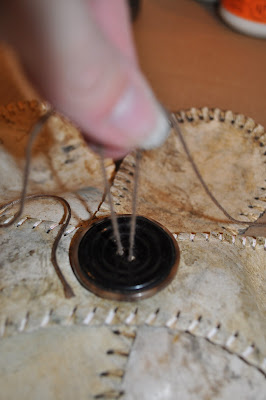During those hot, miserably dry days of summer, did you ever stop and think about how the drought would effect you and your family in the long term? Those who make their living off the land - raising crops and livestock - sure did.
Every spring we (farmers) plant our crops and pray that God blesses us with the needed rain to germinate the seeds and grow our crops. Farmers are people of great faith. You see, once a farmer plants his seeds he has to rely on God to provide the sun, rain and warm temperatures necessary for the seeds to grow. Of course the farmer must continue to care for the crop as it grows - helping to nourish it with fertilizer and keep weeds from choking and stealing nutrients. But they must still depend on God for the proper weather to make it all work.
So what did this years drought do to the crops? Take a look at the following pictures of field-corn and see for yourself.
These ears of field-corn are typical of a good crop - full ears, even kernels, at least 8 inches in length.
These ears of corn were harvested from a crop planted in rich black soil which is better able to hold water. This type of soil is still able to produce some pretty typical ears of corn even in a drought.
A field with ears of corn like these will produce enough food to feed our family plus about 150 other people around the world.
This corn is typical of drought damaged corn. These ears were harvested from a field of corn planted in clay soil which has very limited water holding capacity, so in times of drought the corn is very stressed and unable to grow properly.
A field with these ears of corn will barely produce enough of a crop to feed my family.
Although many farmers had significantly less crops to harvest this year, we are Blessed as a nation,even in a drought year, to be able to still feed our country and the world.
While we may have to pay a little more for food this year, there will still be enough to go around.
Be sure the thank a farmer today!

.JPG)
.JPG)












.JPG)
.JPG)


















.JPG)
.JPG)
.JPG)
.JPG)
